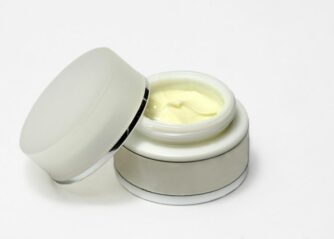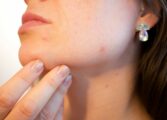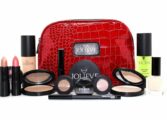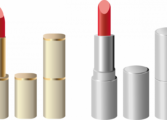Microneedling serum: A Comprehensive Guide for Food Enthusiasts

Introduction
Microneedling serum has gained significant popularity in the beauty industry in recent years. This article provides a detailed overview of microneedling serum, including its types, popular brands, quantitative measurements, differences among various serums, and a historical analysis of their advantages and disadvantages. Whether you’re a skincare fanatic or just curious about this trending product, read on to discover the ins and outs of microneedling serum.
What is Microneedling Serum?
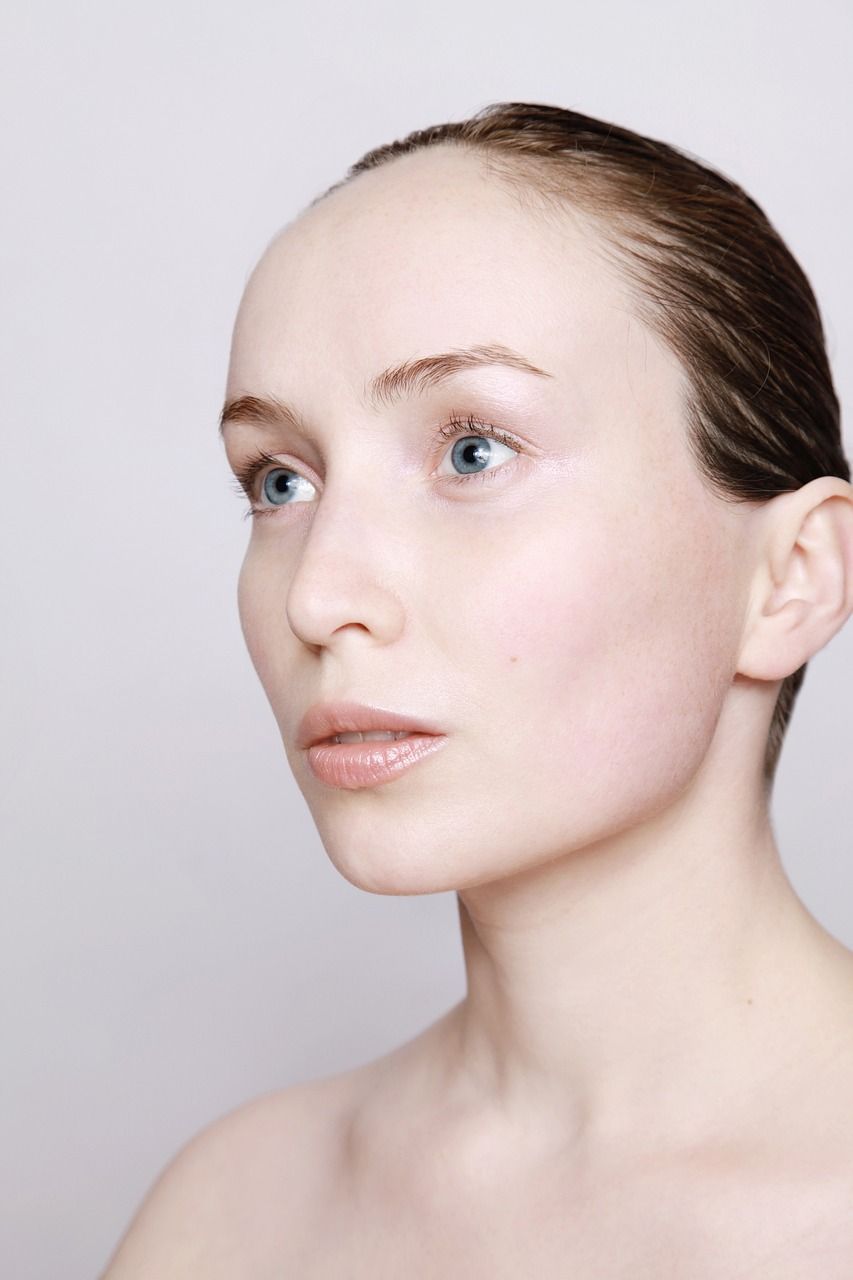
Microneedling serum refers to a skincare treatment that involves using a specialized tool called a microneedling device or dermaroller to create tiny punctures in the skin. These microinjuries stimulate the natural healing process, promoting the production of collagen and elastin. Microneedling serums are specifically formulated to enhance the effects of the treatment, providing targeted ingredients to nourish and rejuvenate the skin.
Popular Types of Microneedling Serum
There are various types of microneedling serums available on the market, each designed to target specific skincare concerns. Some popular types include:
1. Hyaluronic Acid Serums: These serums focus on hydration, helping to plump and moisturize the skin.
2. Vitamin C Serums: Known for their brightening and antioxidant properties, vitamin C serums can improve uneven skin tone and protect against environmental damage.
3. Retinol Serums: Ideal for reducing the appearance of wrinkles and fine lines, retinol serums promote cell turnover and collagen production.
4. Peptide Serums: Peptides are essential building blocks for the skin, and these serums help to improve elasticity and texture.
Quantitative Measurements of Microneedling Serum
To evaluate the effectiveness of microneedling serums, researchers have conducted quantitative measurements. Studies have demonstrated improvements in various skin parameters after microneedling treatments, such as increased collagen and elastin production, reduced wrinkles, improved skin texture, and enhanced absorption of active ingredients. These quantitative measurements provide scientific evidence for the efficacy of microneedling serums.
Differences Among Microneedling Serums
Microneedling serums differ in their formulation, concentration of active ingredients, and intended target. While some serums primarily focus on hydration and plumping, others emphasize anti-aging effects or brightening properties. It is essential to consider individual skincare needs and concerns when selecting a microneedling serum, as the differences among them can significantly impact the results.
Historical Overview of Microneedling Serum
Microneedling, as a technique, dates back to ancient times. In traditional Chinese medicine, acupuncture techniques that involved puncturing the skin were used for therapeutic purposes. In recent history, microneedling has gained traction in the beauty industry, with medical professionals and skincare experts recognizing its benefits. However, it is crucial to note that not all microneedling serums are created equal, and improper usage or low-quality products can lead to adverse effects. It is always recommended to consult with a skincare professional or dermatologist before incorporating microneedling serums into your routine.
[INSERT VIDEO HERE – Take your readers on a visual journey through the microneedling process, showcasing the steps and benefits.]
In conclusion, microneedling serum has become a sought-after skincare treatment, offering various benefits for those seeking to improve their skin’s overall health and appearance. Understanding the different types of serums, their quantitative measurements, and historical context allows individuals to make informed decisions about incorporating these products into their routine. Remember to always prioritize the quality and safety of the microneedling serum, and consult with a skincare expert to ensure the best results.

